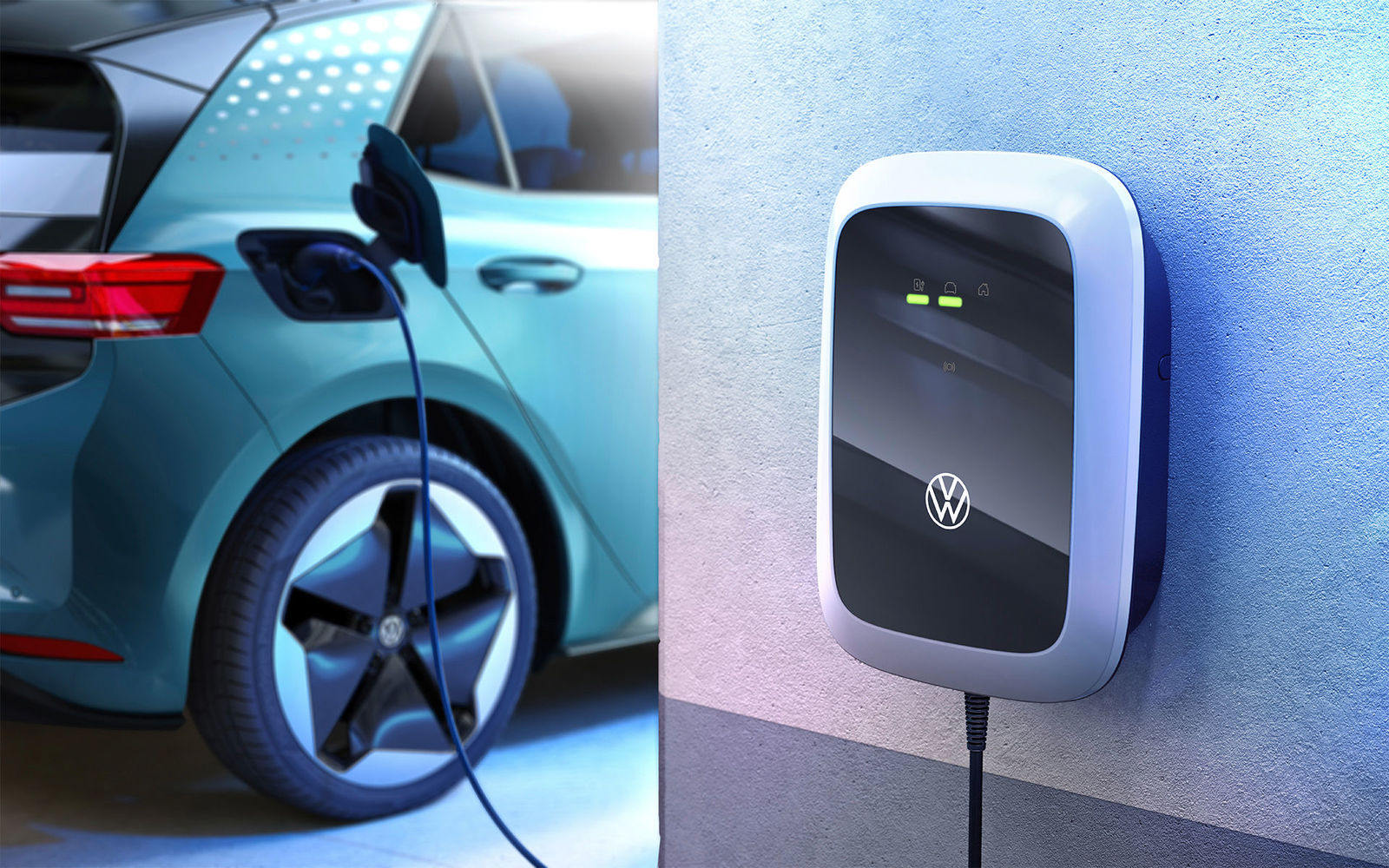But there's another misconception. Driving 2-3 tonne luxury EV in many countries is still more dirty than driving old small diesel (CO2 wise).
Even more so in colder countries.
Me driving my 3L, in winter, in Estonia today, should have large spanner resting on passenger seat (for a friendly chat). Just in case i see some dirty Model S, Audi or another large electric SUV.
So some calculus i do must.
My average fuel usage is at 3,53l of dirty diesel per 100km.
In video the yearly distance is set at 19312km
So i would burn 681,7 liters of this dirty diesel to reach that distance.
Burning this dinosaur juice ,i would produce 1,84t of CO2 (around 2,7kg per liter).
That is lower than national average for all electric cars in US, mentioned in that video at 2,02t of CO2.
So if we'd swap all electric cars in US to old dirty diesel A2 3L, and they would achieve same average fuel consumption, then at the moment we'd be making world a favor?
So even in average, 3L is more C02 efficient than electric (in US), no way in hell swapping it to large electric SUV (that still needs to be produced) is good for environment at the moment.
That's why i do not understand forcing electric without considering location and car emissions. Banning small diesel where it is better than electric etc...
Of course these calculations will change depending on location and cars. More problematic is obsession with large SUV-s etc. Electric or not.
I do understand that in some places electric is much better than average old diesel. But some do not understand that in some places old diesel is still better than electric.
In my country, even i3 is probably still worse than 3L. Have no actual numbers for that of course, and it will change someday.
If we take Spritmonitor info on co2, A2 3L stands at 95g/km. In Germany average daily distance is around 14k km if i'm not very off.
i3 stands at 74g/km. So 1,33t of co2 a year difference, don't know any numbers, but probably around 7-10 years to offset it's making co2 debt.
If battery will last at least 15 years, i'd consider it making co2 profit in around 12+ years or so.
That is already almost acceptable in long term, but not yet enough to force out very efficient diesel like 3L.
Tesla Model S stand worse than 3L in Spritmonitor calculation, so it should be banned in Germany for having worse emissions than 20 year old dirty diesel, together with other large electric SUV-s

Got a little long and maybe off somewhere, but that's my 3Liters

World is not that black and white as politics make it to be. (In some places there should be push to make brand spanking new diesel A2 2L

, without many electronics that add weight and pushed to pollute environment like tire pressure monitors etc etc)


/cdn.vox-cdn.com/uploads/chorus_asset/file/22152116/QuantumScape_Lab.jpg)
